Operational scope Preemptive air strike Date 5 June 1967 | Planned by IDF Location Near East | |
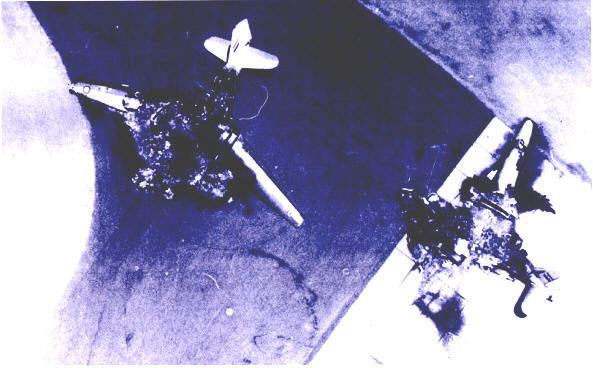 | ||
Result Decisive Israeli victory; Israeli air supremacy over Egypt, Syria and Jordan Similar Six‑Day War, Operation Rooster 53, Operation Rimon 20, Battle of Abu‑Ageila, Battle of Ammunition Hill | ||
Operation focus 05 jun 07 part 1
Operation Focus (Hebrew: מבצע מוקד, Mivtza Moked) was the opening airstrike by Israel at the start of the Six-Day War in 1967. It is sometimes referred to as "Sinai Air Strike". At 07:45 on June 5, 1967, the Israeli Air Force (IAF) under Maj. Gen. Mordechai Hod launched a massive airstrike that destroyed the majority of the Egyptian Air Force on the ground. By noon, the Egyptian, Jordanian and Syrian Air Forces, with about 450 aircraft, were destroyed. It was also very successful in disabling 18 airfields in Egypt, hindering Egyptian Air Force operations for the duration of the war, and remains one of the most successful air attack campaigns in military history.
Contents
- Operation focus 05 jun 07 part 1
- Operation focus 05 jun 07 part 2
- Summary of the operation
- June 5 1967
- June 610 1967
- Aftermath
- Number of aircraft destroyed by aircraft type
- Number of aircraft destroyed by country
- Totals by waves
- References
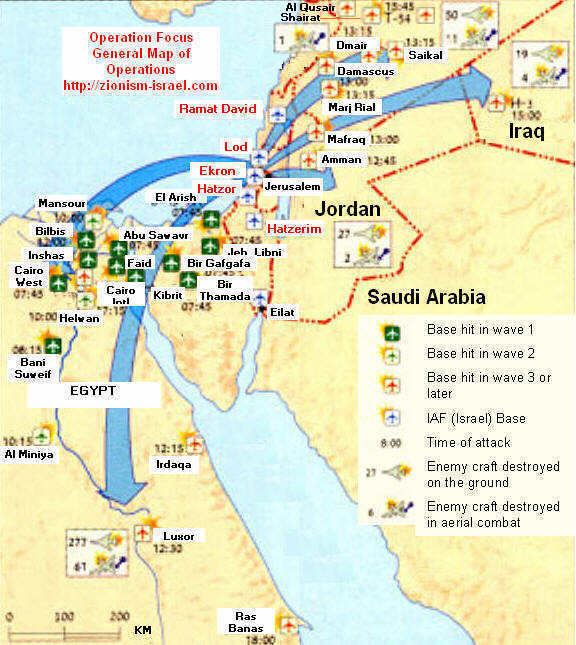
Operation focus 05 jun 07 part 2
Summary of the operation
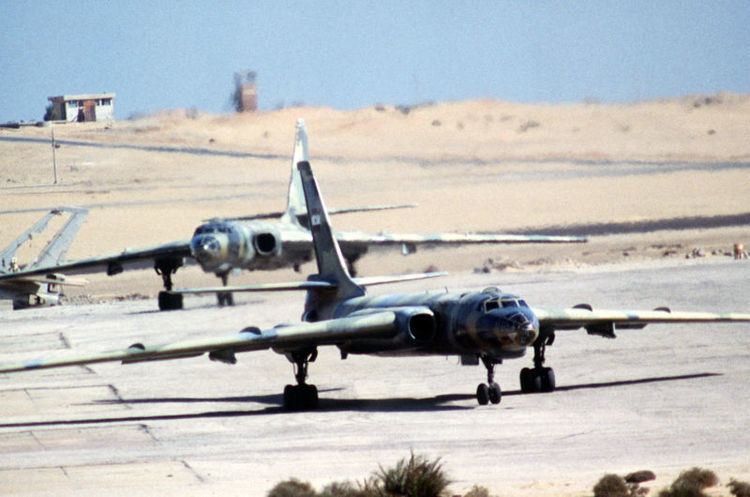
In three main waves of aerial attacks, and several smaller waves in the days following the operation, a total of 452 aircraft were destroyed, most of them on the ground. This left the IAF in almost complete control of the skies, and able to effectively assist the Israeli Defense Forces (IDF) ground units.
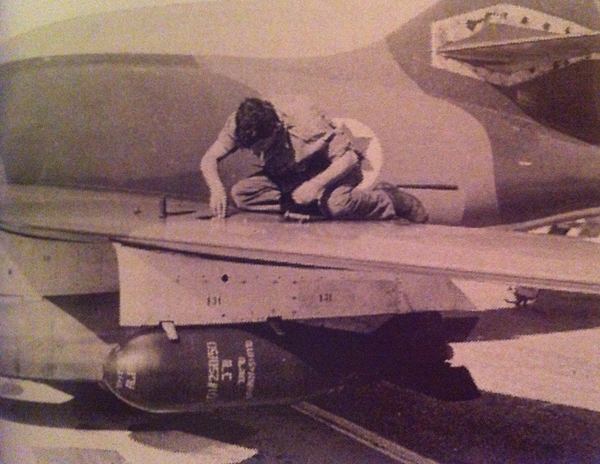
The operational success was achieved by concentrating on the initial destruction of the runways with a new kind of weapon, a rocket assisted anti-runway warhead. The prototype French/Israeli anti-runway weapon program uses rocket braking over the target to point the warhead directly toward the runway being attacked; at a set altitude, a second accelerator rocket ignites and drives the warhead through the pavement of the runway before it detonates. The explosion creates a small crater over a large new sinkhole, meaning the damaged runway section must be completely removed before the sinkhole can be repaired rather than a normal bomb crater which is simply filled in and patched. Once the runways were disabled, entire air bases' complements of aircraft were effectively grounded and fell victim to subsequent attack waves, resulting in near-total Israeli air supremacy.
June 5, 1967

Operation Moked was launched at 7:45 am Israeli time (8:45 Egyptian time). Nearly all of Israel's 196 combat aircraft (mostly French/Dassault Aviation) were committed to the airstrike, with only twelve being held back to patrol Israeli airspace.

Egyptian defensive infrastructure was extremely poor, and no airfields were yet equipped with hardened aircraft shelters capable of protecting Egypt's warplanes in the event of an attack. The Israeli warplanes headed out over the Mediterranean before turning toward Egypt. Meanwhile, the Egyptians hindered their own defense by effectively shutting down their entire air defense system: they were worried that rebel Egyptian forces would shoot down the plane carrying Field Marshal Amer and Lt-Gen. Sidqi Mahmoud, who were en route from al Maza to Bir Tamada in the Sinai to meet the commanders of the troops stationed there. In this event it did not make a great deal of difference as the Israeli pilots came in below Egyptian radar cover and well below the lowest point at which Egypt's SA-2 surface-to-air missile batteries could bring down an aircraft.

The first Israeli wave attacked 11 bases, catching much of the Egyptian Air Force on the ground and destroying them before they got airborne. The Israeli jets then returned to Israel, were "quick-turned" (refueled and re-armed) in 7 minutes 30 seconds, and left in a second wave that attacked 14 Egyptian bases and returned with only minor losses. They "quick-turned" again and departed in a third wave.
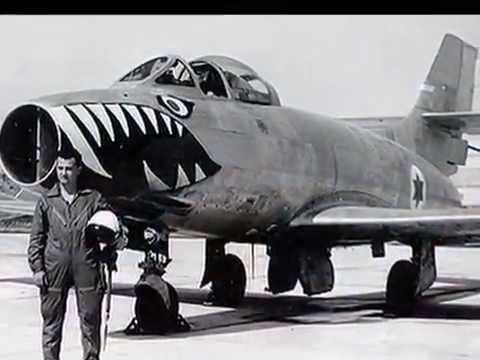
The opening stages of Operation Moked were a complete success: Egypt's air force of nearly 500 combat aircraft was destroyed in the space of three hours, with only minor losses to the Israeli Air Force. When Syria, Jordan, and Iraq attacked Israeli targets in retaliation for the airstrike on Egypt, their attacks were mainly directed at civilian targets and were largely ineffectual. In response many of the IAF planes headed for a third strike on Egypt were diverted en route to Syrian and Jordanian targets, and other IAF aircraft were sent against Arab ground forces in support of Israeli ground forces. By the end of the first day of the Six-day War, Israel had complete air superiority over Israel, the Golan Heights, the West Bank, and the entire Sinai desert.
June 6–10, 1967
On the second day of the war (June 6) the IAF was used against Egyptian, Jordanian, Syrian, and Iraqi ground forces.
On the third day (June 7) the IAF destroyed hundreds of Egyptian vehicles trying to flee across the Sinai in convoys and trapped thousands more in narrow Sinai passes. By the end of the third day Jordan's air force of 34 combat aircraft had essentially ceased to exist and the Jordanian military was no longer in the fight.
By the sixth and final day (June 10) Syria had lost approximately 100 combat aircraft and the fighting was over.
Aftermath
During the Six-Day War, the Israeli Air Force, with 196 combat aircraft at its disposal had prevailed over a coalition with approximately 600 combat aircraft. The IAF destroyed 452 enemy aircraft, including 79 in air combat, while losing 46 of its own. 24 Israeli pilots and hundreds of Arab pilots were killed.
Number of aircraft destroyed by aircraft type
Number of aircraft destroyed by country
Totals by waves
- First wave (7:45 am): 101 flights; 11 airfields were attacked by 183 IAF aircraft; 197 Egyptian aircraft and 8 radar stations were destroyed. Five IAF pilots were killed and five more fell captive.
- Second wave (9:30 am): 164 flights; 16 airfields were attacked; 107 Egyptian aircraft destroyed; 2 Syrian planes destroyed in dogfights
- Third Wave (12:15 pm): 85 flights against Egypt, 48 against Jordan, 67 against Syria and one against H-3 air base in Iraq.
- Other waves (afternoon & evening): 2 more attacks against H-3; several additional attacks on Egyptian airfields.
